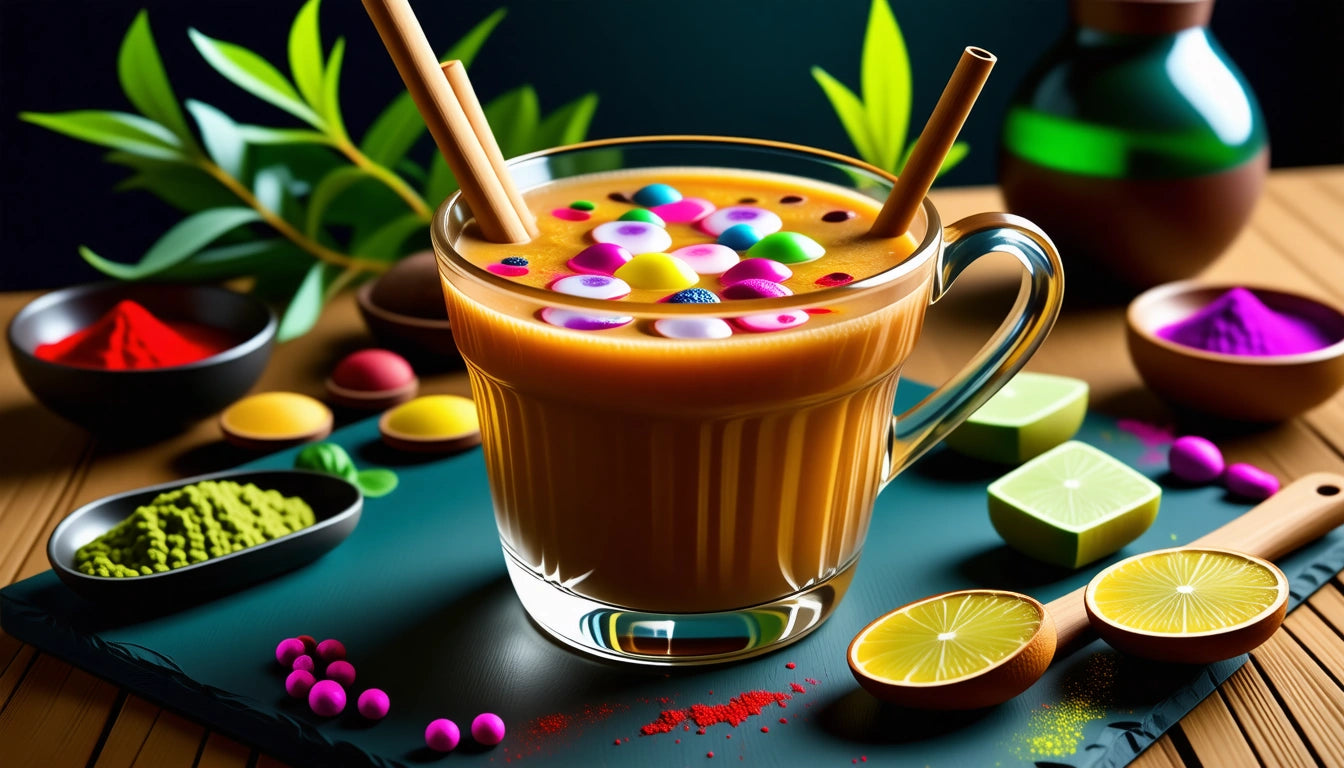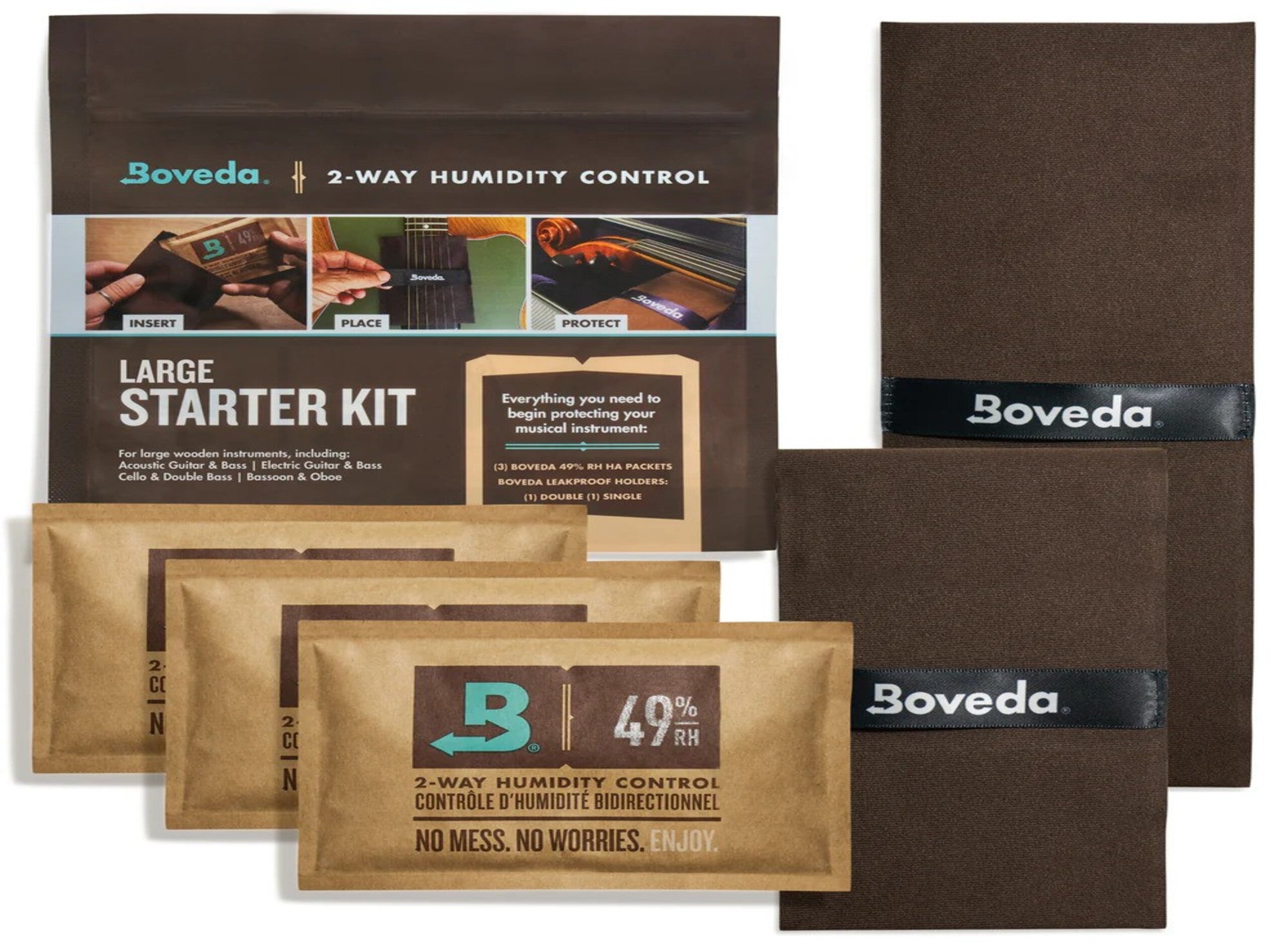Table of Contents
How to Make Bhang: A Step-by-Step Guide to Preparing This Traditional Holi Beverage
Bhang is a traditional cannabis-infused beverage that has been consumed in India for centuries, particularly during the vibrant festival of Holi. This ancient preparation combines cannabis with milk, spices, and sweeteners to create a drink that's both culturally significant and historically revered. Understanding how to make bhang properly requires attention to detail, quality ingredients, and respect for its traditional preparation methods.
What is Bhang: Origins and Cultural Significance
Bhang is made from the leaves and flowers of the female cannabis plant. Unlike many Western cannabis preparations, bhang is traditionally consumed as a beverage rather than smoked. The practice of consuming bhang dates back thousands of years in India, where it holds religious significance, particularly in connection with Lord Shiva.
During Holi, the festival of colors, bhang is consumed as part of celebrations, with the belief that it enhances joy and brings people closer to divine energy. What is bhang made of? Primarily cannabis leaves, though the buds may also be incorporated depending on regional variations and desired potency.
Ingredients Needed for Traditional Bhang
To prepare authentic bhang for Holi or other occasions, you'll need:
- 2-3 tablespoons of cannabis leaves and/or flowers (cleaned thoroughly)
- 2 cups of warm water
- 3 cups of warm milk
- 1/2 cup of sugar or honey
- 1/4 cup of blanched almonds
- 1/4 teaspoon of garam masala
- 1/4 teaspoon of ground ginger
- 1/4 teaspoon of ground fennel seeds
- 1/2 teaspoon of rosewater
- A pinch of ground cardamom
- A few strands of saffron (optional)
- 1 tablespoon of dried rose petals (optional)
Quality ingredients make a significant difference in the final product. When preparing the cannabis component, proper cleaning is essential. Many enthusiasts recommend securely storing prepared ingredients in sealed containers with proper lids to maintain freshness and potency.
How to Prepare Bhang: Step-by-Step Process
Step 1: Prepare the Cannabis
Begin by cleaning the cannabis leaves thoroughly to remove any dirt or impurities. The best for cleaning bhang leaves is a gentle rinse with cold water, followed by patting dry with a clean cloth. Once clean:
- Soak the leaves and/or flowers in warm water for about 1-2 hours
- Drain and grind the soaked cannabis into a smooth paste using a mortar and pestle
- Add a small amount of water if needed to achieve a fine consistency
Step 2: Prepare the Nut Paste
While the cannabis soaks:
- Soak almonds in hot water for 30 minutes, then peel
- Grind the almonds into a fine paste
- Set aside for later use
Step 3: Combine and Blend
Now comes the crucial blending process:
- Add the cannabis paste to a blender
- Pour in 1 cup of warm milk
- Blend thoroughly until well combined
- Strain the mixture through a fine cloth into a bowl
- Press the residue to extract all the liquid
- Return the extracted residue to the blender
- Add another cup of warm milk
- Repeat the blending and straining process
Step 4: Final Preparation
To complete how to make bhang in Holi tradition:
- Combine the strained milk with the remaining cup of milk
- Add the almond paste
- Mix in sugar or honey
- Add the spices: garam masala, ginger, fennel, cardamom
- Stir in rosewater and saffron if using
- Mix thoroughly until sugar is dissolved and ingredients are well combined
- Chill for at least 30 minutes before serving
Popular Bhang Variations and Recipes
While the traditional recipe is beloved, several variations have evolved over time:
Bhang Thandai
This popular variation adds additional spices to the basic bhang recipe:
- Add 1 tablespoon each of poppy seeds and melon seeds to the nut paste
- Include 1/4 teaspoon of black pepper
- Add a few strands of saffron soaked in warm milk
Bhang Lassi
For a yogurt-based version:
- Replace some of the milk with yogurt
- Add a pinch of salt
- Include fresh mint leaves
These variations demonstrate the versatility of bhang as a base for different flavor profiles, similar to how cannabis tea can be prepared with various additives for different effects and tastes.
Consumption Tips and Best Practices
When consuming bhang, especially for newcomers, consider these important guidelines:
- Start with a small serving (1/4 cup) to gauge effects
- Wait at least 1-2 hours before considering additional servings
- Consume in a comfortable, familiar environment
- Have non-infused beverages available
- Avoid mixing with alcohol or other substances
- Be mindful of the delayed onset of effects compared to smoking
The effects of bhang can last significantly longer than smoked cannabis, sometimes up to 8 hours, making proper dosing crucial. This is similar to other cannabis infusions where careful preparation affects potency.
Storage Considerations for Homemade Bhang
Proper storage extends the life of your bhang preparation:
- Store in a clean, airtight glass container
- Keep refrigerated for up to 3 days
- Stir well before serving as separation may occur
- Label clearly to prevent accidental consumption
- Do not freeze as this affects texture and potency
Many experienced bhang makers recommend using containers with secure, child-resistant closures, especially in households with children.
The Cultural Context of Bhang Beyond Holi
While learning how to make a bhang preparation is fascinating from a culinary perspective, understanding its cultural context adds depth to the experience. Bhang holds significance beyond Holi celebrations:
- It's used in Ayurvedic medicine for various ailments
- Some spiritual practitioners use it for meditation
- In certain regions, it's offered at temples dedicated to Lord Shiva
- Traditional weddings in some communities include bhang preparations
The preparation of bhang represents a connection to ancient traditions that view cannabis not merely as a recreational substance but as a plant with spiritual and medicinal properties. This perspective aligns with growing interest in exploring cannabis compounds for their therapeutic potential.
When preparing bhaang at home, approaching the process with respect for its cultural origins enhances the experience beyond the simple combination of ingredients. The ritual of preparation itself becomes a connection to traditions thousands of years old, creating a deeper appreciation for this ancient beverage.











Leave a comment
All comments are moderated before being published.
This site is protected by hCaptcha and the hCaptcha Privacy Policy and Terms of Service apply.